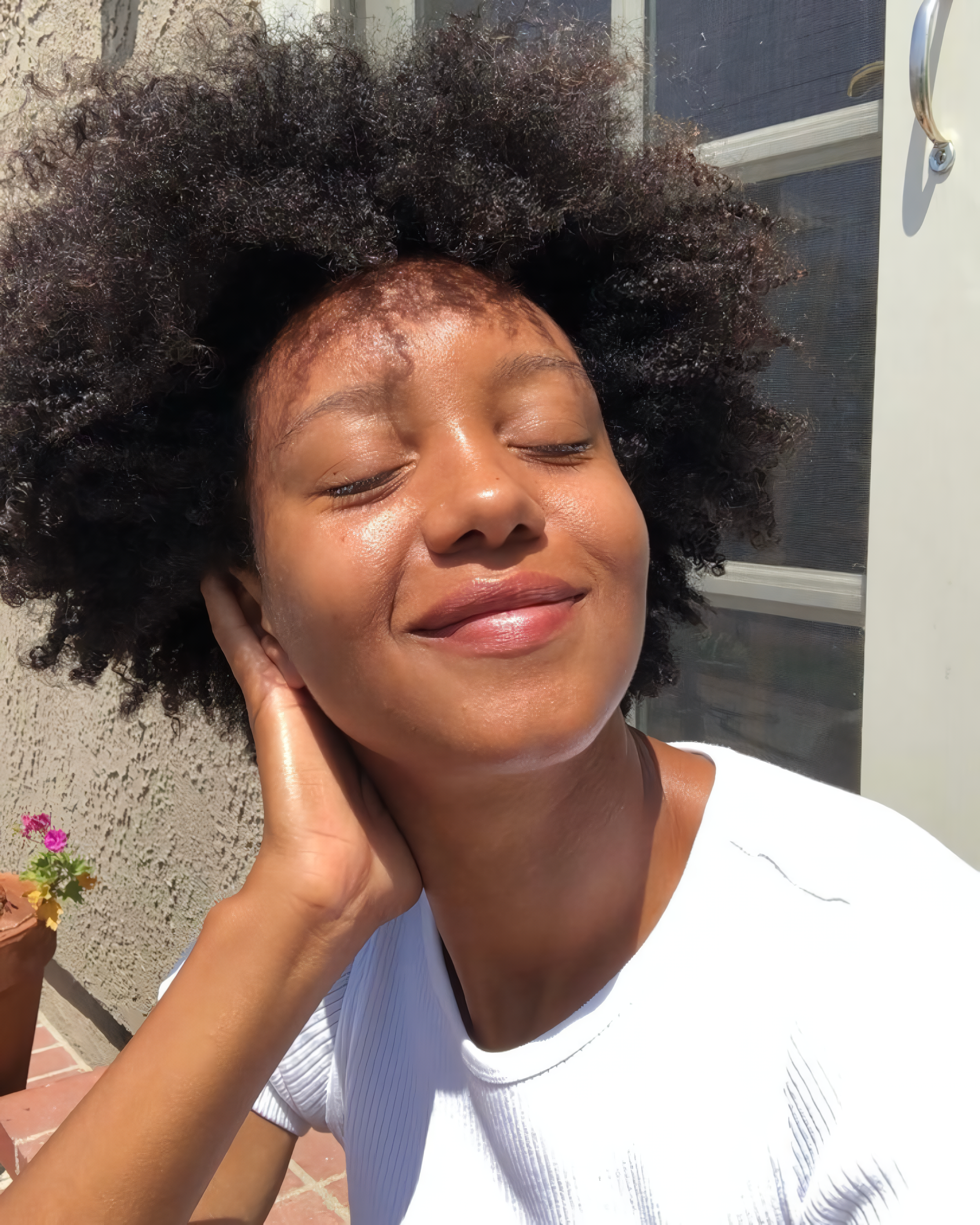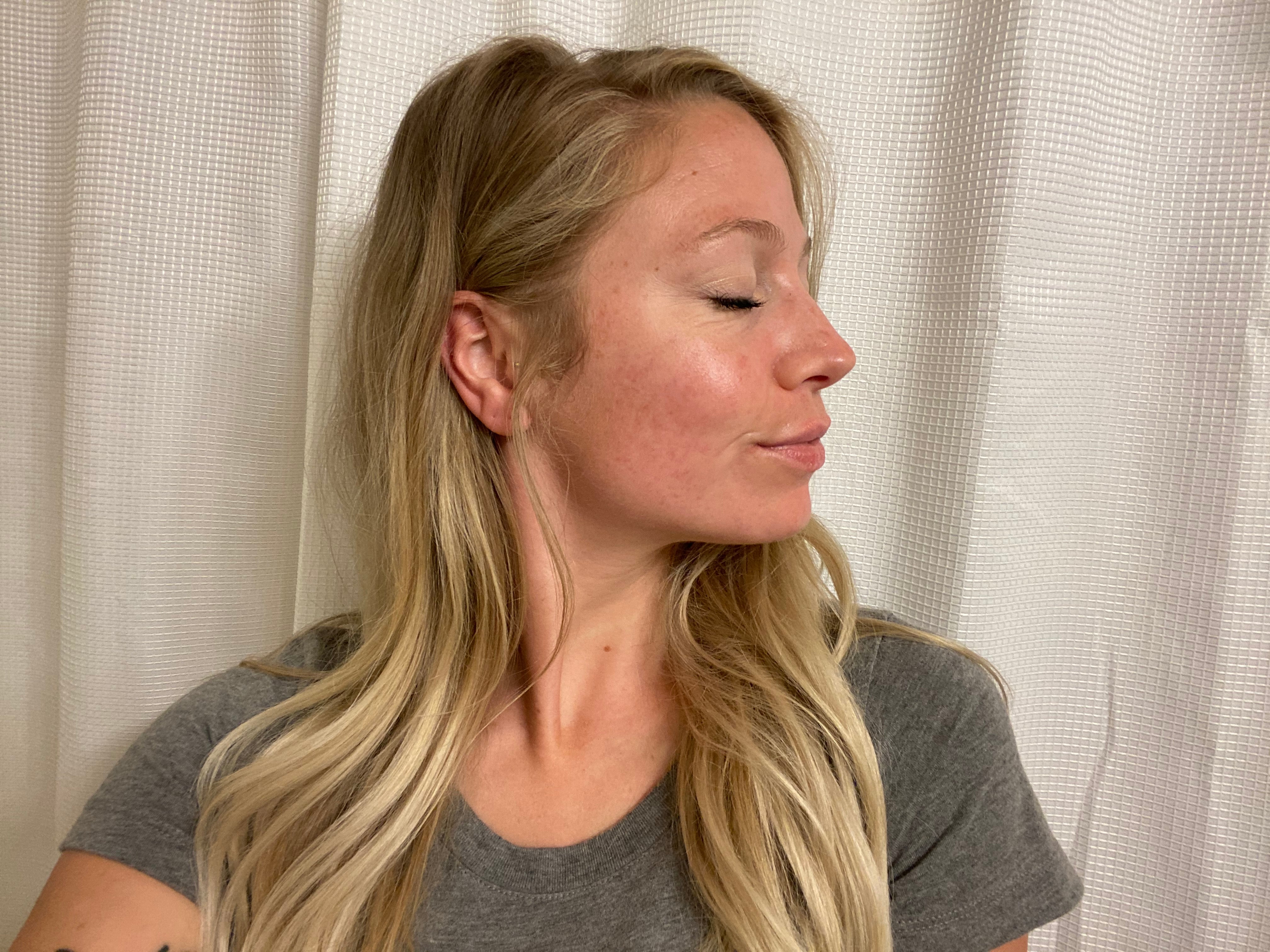
Back Acne: A Guide to Clearer Skin
Back acne, also known as "bacne," is a common skin condition that can affect people of all ages and genders. It can be both physically uncomfortable and emotionally distressing, often leading to self-consciousness and reduced confidence. We will explore what back acne is, its causes, symptoms, and, most importantly, how to effectively treat and prevent it.
What is Back Acne?
Back acne, or acne on the back, is a skin condition characterized by the presence of pimples, blackheads, whiteheads, and sometimes cysts or nodules on the back. These blemishes can vary in size and severity and may appear on the upper, mid, or lower back. Like facial acne, back acne occurs when hair follicles become clogged with oil, dead skin cells, and bacteria.
What Causes Back Acne?
Understanding the causes of back acne is crucial in finding effective ways to manage and treat it. Here are the primary factors that contribute to the development of back acne:
- Excess Sebum Production: Just as with facial acne, an overproduction of sebum (skin oil) can lead to clogged pores and the development of acne.
- Dead Skin Cells: When dead skin cells accumulate, they can clog hair follicles, leading to acne breakouts.
- Bacteria: The presence of P. acnes bacteria on the skin can exacerbate acne by inflaming and infecting blocked pores.
- Hormonal Fluctuations: Hormonal changes, such as those during puberty, pregnancy, or while taking certain medications, can trigger or worsen back acne.
- Sweating: Excessive sweating can contribute to clogged pores and the development of acne, especially for athletes and individuals living in humid climates.
- Friction: Wearing tight clothing or carrying heavy backpacks can create friction on the back, which may lead to irritation and acne.
Does Back Acne Mean Stress?
Stress can certainly impact your overall well-being, but it is not a direct cause of back acne. However, stress can indirectly worsen acne by triggering hormonal fluctuations and increasing inflammation, potentially making existing acne more severe.
What are the Symptoms of Back Acne?
The symptoms of back acne, or bacne, are similar to those of acne that can occur on the face, chest, and other parts of the body. These symptoms can vary in severity and may include:
- Pimples: These can range from small, red, and inflamed papules to larger, pus-filled pustules.
- Blackheads: Open comedones that appear as dark spots on the skin's surface.
- Whiteheads: Closed comedones that are typically small, white, and appear just under the skin's surface.
- Cysts and Nodules: These are larger, deeper, and more painful acne lesions that can lead to scarring.
- Inflammation: Inflamed areas of the skin may be red, swollen, and tender to the touch.
- Itching or Discomfort: Bacne can be physically uncomfortable, with itching or discomfort in affected areas.
The presentation of these symptoms may differ, as back acne lesions can emerge on the upper, middle, or lower back. The intensity of symptoms can likewise vary among individuals, spanning from occasional isolated pimples to widespread and distressing outbreaks.
Timely recognition of back acne symptoms is essential for initiating successful treatment and preventive measures. These may encompass adopting appropriate skincare practices and making lifestyle modifications.
What Does Back Acne Tell You?
Back acne can offer insights into your overall health and lifestyle. While it may not offer specific diagnostic information, it can indicate certain factors that might be contributing to its development. Here's what back acne may be trying to tell you:
- Hormonal Imbalances: Hormonal fluctuations can trigger or worsen back acne. If you're experiencing persistent hormonal acne, it might be a good idea to consult a healthcare professional to address potential hormonal imbalances.
- Poor Hygiene Habits: Inadequate hygiene practices, such as infrequent showering or using harsh soaps, can contribute to back acne. Establishing a consistent skincare routine can help prevent and manage acne.
- Diet and Nutrition: Your dietary choices can play a role in the development of acne. Consuming a diet high in sugary, processed foods and dairy may exacerbate acne. Opting for a balanced and nutrient-rich diet can make a significant difference.
- Lifestyle Factors: Certain lifestyle factors, like wearing tight clothing or engaging in excessive physical activity, can contribute to back acne. Make sure you're wearing breathable fabrics and showering after activities that cause excessive sweating.
- Stress Management: While stress isn't a direct cause of back acne, finding healthy ways to manage stress can improve your overall well-being and potentially lead to better skin health.
How Can I Get Rid of Acne on My Back?
Treating back acne can be a bit challenging due to the difficulty of reaching the affected areas. However, with consistent care and the right products, you can effectively manage and reduce back acne. Here are some tips on how to get rid of back acne:
- Gentle Cleansing: Use a mild, fragrance-free cleanser to wash your back daily. Avoid scrubbing too vigorously, as it can irritate the skin.
- Exfoliation: Exfoliating your back can help remove dead skin cells that contribute to clogged pores. Use a gentle exfoliant.
- Topical Treatments: Over-the-counter or prescription topical treatments containing benzoyl peroxide, salicylic acid, or retinoids can effectively treat back acne.
- Topical Antibiotics: Sometimes, your healthcare provider may prescribe topical antibiotics to reduce inflammation and control bacteria.
- Oral Medications: For severe cases, oral antibiotics, oral contraceptives (for females with hormonal acne), or isotretinoin may be recommended.
- Light Therapy: Some individuals successfully use blue and red light therapy to reduce acne lesions.
How Can I Prevent Back Acne?
Preventing back acne is just as important as treating it. Here are some steps you can take to minimize the risk of developing back acne:
- Maintain Good Hygiene: Shower regularly, especially after sweating, to remove excess oil and sweat from your skin.
- Wear Breathable Clothing: Choose loose-fitting, breathable fabrics like cotton and avoid tight clothing that can trap sweat and irritate the skin.
- Avoid Heavy Backpacks: If you carry a backpack regularly, opt for a backpack with padded straps and distribute the weight evenly to reduce friction and irritation.
- Choose the Right Products: Use non-comedogenic (non-pore-clogging) skincare and haircare products to minimize the risk of clogged pores.
- Maintain a Healthy Diet: Consume a balanced diet with plenty of fruits and vegetables while limiting sugary and processed foods.
- Manage Stress: Practice stress-reduction techniques such as exercise, meditation, or yoga to promote overall well-being.







